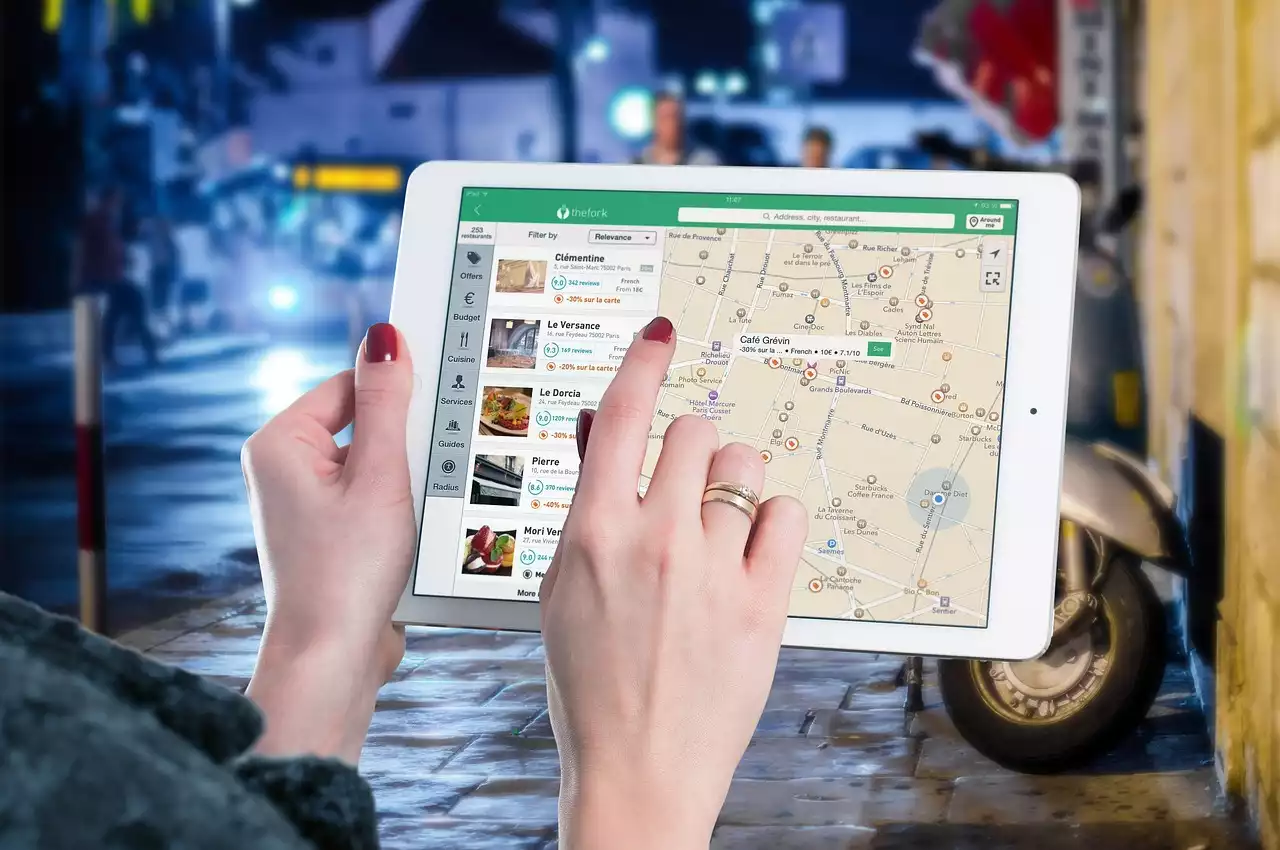Benefits of using social media analytics
Social media analytics provides valuable insights into your social media performance. By tracking key metrics, you can measure the effectiveness of your campaigns, identify trends, and gain a better understanding of your audience. Some of the key benefits of using social media analytics include:
1. Measure performance
Social media analytics allows you to track your performance and measure the success of your campaigns. By monitoring metrics such as engagement rate, reach, and impressions, you can determine what's working and what's not, and adjust your strategy accordingly.
2. Identify trends
Social media analytics can help you identify trends in your audience's behavior. By tracking metrics such as the time of day your audience is most active, the type of content they engage with the most, and the channels they prefer to use, you can tailor your content strategy to better meet their needs.
3. Gain insights about your audience
Social media analytics provides valuable insights into your audience's behavior, preferences, and demographics. By analyzing metrics such as age, gender, location, and interests, you can gain a better understanding of your audience and create content that resonates with them.
Key metrics to track in social media analytics
Social media analytics provides a wealth of data, but not all metrics are created equal. To truly understand your social media performance, it's important to focus on the metrics that matter most. Here are some of the key metrics to track in social media analytics:
1. Engagement rate
Engagement rate measures the level of interaction your audience has with your content. This includes likes, comments, shares, and clicks. By tracking engagement rate, you can determine how well your content is resonating with your audience.
2. Reach
Reach measures the number of unique users who have seen your content. By tracking reach, you can determine how many people your content is reaching and adjust your strategy accordingly.
3. Impressions
Impressions measure the total number of times your content has been seen by users. By tracking impressions, you can determine the overall visibility of your content and identify opportunities to increase reach.
4. Click-through rate
Click-through rate measures the percentage of users who click on a link in your content. By tracking click-through rate, you can determine how effective your calls-to-action are and make adjustments to improve performance.
Understanding your target audience through social media analytics
One of the most powerful benefits of social media analytics is the ability to gain a deeper understanding of your target audience. By analyzing metrics such as age, gender, location, and interests, you can create content that resonates with your audience and drives engagement.
1. Demographics
Social media analytics provides valuable insights into the demographics of your audience, including age, gender, and location. By analyzing these metrics, you can create content that is tailored to your audience's interests and preferences.
2. Interests
Social media analytics also provides insights into your audience's interests. By analyzing metrics such as the types of content they engage with the most, you can create content that resonates with your audience and drives engagement.
3. Behavior
Social media analytics can also provide insights into your audience's behavior. By analyzing metrics such as the time of day they are most active, the channels they prefer to use, and the type of content they engage with the most, you can tailor your content strategy to better meet their needs.
Using social media analytics to improve content strategy
Social media analytics can be a powerful tool for improving your content strategy. By analyzing metrics such as engagement rate, reach, and click-through rate, you can determine what's working and what's not, and make adjustments to improve performance.
1. Identify top-performing content
Social media analytics allows you to identify your top-performing content. By analyzing metrics such as engagement rate and reach, you can determine which types of content your audience responds to the most and create more of it.
2. Optimize content for different channels
Social media analytics can also help you optimize your content for different channels. By analyzing metrics such as the channels your audience prefers to use and the type of content they engage with the most, you can tailor your content to better meet their needs.
3. Improve calls-to-action
Social media analytics can also help you improve your calls-to-action. By analyzing metrics such as click-through rate, you can determine how effective your calls-to-action are and make adjustments to improve performance.
Tools for social media analytics
There are a variety of tools available for social media analytics, ranging from free tools to more advanced paid options. Some of the most popular tools include:
1. Google Analytics
Google Analytics is a free tool that provides valuable insights into your website traffic, including social media referrals. By tracking social media referrals, you can determine which social media channels are driving the most traffic to your website.
2. Hootsuite
Hootsuite is a social media management tool that provides valuable insights into your social media performance. By tracking metrics such as engagement rate and reach, you can determine the effectiveness of your social media campaigns.
3. Sprout Social
Sprout Social is a social media management tool that provides advanced analytics and reporting capabilities. By analyzing metrics such as audience demographics and behavior, you can gain a deeper understanding of your audience and improve your content strategy.
Best practices for social media analytics
To get the most out of your social media analytics, it's important to follow best practices. Here are some best practices to keep in mind:
1. Set goals
Before you start tracking metrics, it's important to set goals for your social media campaigns. By setting goals, you can determine what you want to achieve and track your progress towards achieving those goals.
2. Focus on the metrics that matter
Not all metrics are created equal. To truly understand your social media performance, it's important to focus on the metrics that matter most to your business.
3. Analyze data regularly
Social media analytics is an ongoing process. To get the most out of your data, it's important to analyze it regularly and make adjustments to your strategy as needed.
Common mistakes to avoid in social media analytics
While social media analytics can be a powerful tool for improving your social media strategy, there are also common mistakes to avoid. Here are some mistakes to be aware of:
1. Focusing on vanity metrics
Vanity metrics, such as likes and followers, can be misleading. While they may look good on paper, they don't necessarily translate into real business results. Instead, focus on metrics that directly impact your business, such as conversions.
2. Ignoring context
Metrics don't exist in a vacuum. It's important to analyze metrics in the context of your overall strategy and business goals.
3. Not adjusting your strategy
Social media analytics provides valuable insights, but it's up to you to make adjustments to your strategy based on that data. If you're not making changes based on your data, you're not getting the full benefit of social media analytics.
Social media analytics case studies
To see the power of social media analytics in action, let's take a look at some case studies:
1. Airbnb
Airbnb used social media analytics to identify the types of content that resonated with their audience. By analyzing metrics such as engagement rate and reach, they were able to create more of the content their audience responded to the most, resulting in increased engagement and bookings.
2. Coca-Cola
Coca-Cola used social media analytics to track the effectiveness of their campaigns. By analyzing metrics such as engagement rate and reach, they were able to determine which campaigns performed the best and make adjustments to improve performance.
3. American Express
American Express used social media analytics to gain a deeper understanding of their audience. By analyzing metrics such as demographics and interests, they were able to create content that resonated with their audience and drove engagement.










